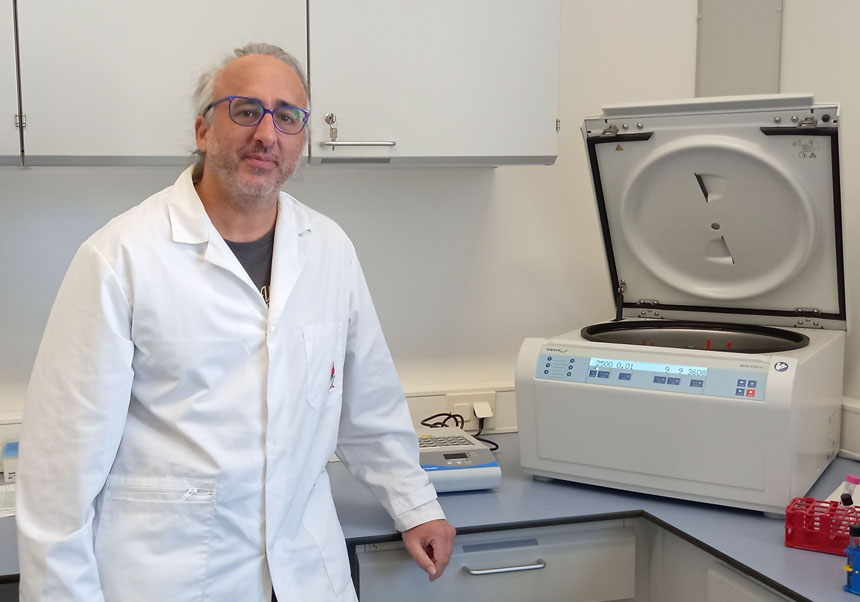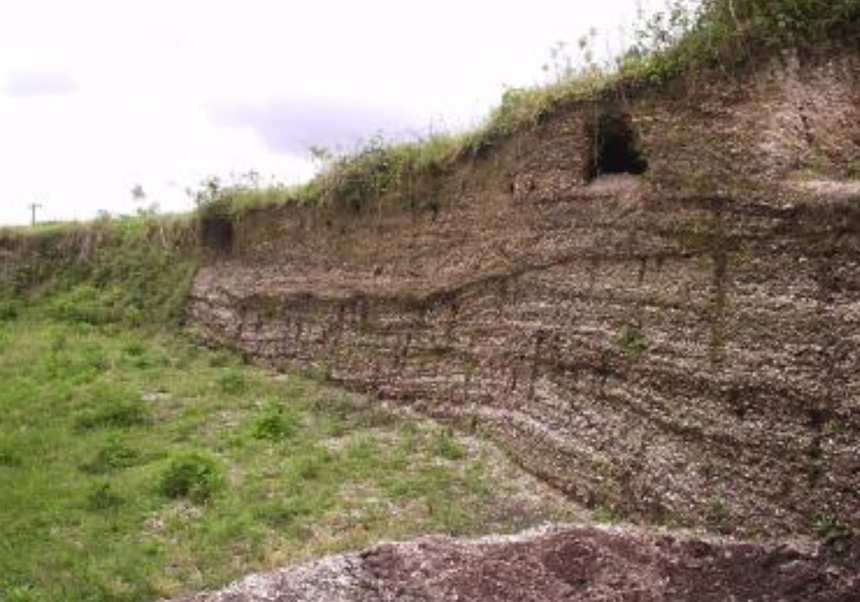The study of the prehistorical sambaqui community (eastern South America) shows their genetic diversity
- Scientific Culture and Innovation Unit
- July 31st, 2023

An international research team lead by the University of Tübingen and the Brazilian University of São Paulo, with CIDEGENT researcher Domingo C. Salazar from the University of Valencia, compiled the largest genomic dataset from Brazil to demonstrate that sambaqui communities on the southern and southeastern coasts didn’t represent a genetically homogeneous population. The study, published today in the journal Nature Ecology and Evolution, attributes this to different demographic trajectories, possibly due to regional contacts with inland groups.
The sambaquis, also known as “shell mounds”, were established about 8,000 to 1,000 years ago along a stretch of more than 3,000 kilometers on the eastern coast of South America. According to archaeological records, the sambaqui builders shared clear cultural similarities. However, contrary to what was expected, these groups of people showed significant genetic differences.
Mounds up to several hundred meters long and occasionally over thirty meters high can be found on Brazil’s Atlantic coast. “These cultural relics, known as ‘sambaquis’, were built over a period of 7,000 years. They consist primarily of shells and other daily residues that fossilised over time. The sambaquis were used by ancient indigenous populations as dwellings, cemeteries and territorial demarcation. They are among the most fascinating archaeological phenomena in pre-colonial South America”, explains first author, Tiago Ferraz. The sambaquis were always built in a similar fashion over a long period of time across a vast area and the associated communities shared cultural similarities.
“To further clarify the population history of indigenous societies on the east coast of South America, we generated data across the entire genome of 34 individuals from four different regions of Brazil, who were up to 10,000 years old. These include genomic data of ‘Luzio’, a skeleton found in a sambaqui riverine called Capelinha. It is considered the oldest evidence of human presence in south-eastern Brazil”, explains senior author André Strauss of the Museum of Archaeology and Ethnology, University of São Paulo.
In their current study, the researchers show that early Holocene hunter-gatherers are genetically distinct from each other and from later populations in eastern South America. This suggests that there were no direct relationships with the later coastal groups. The team’s analyses also show that contemporary sambaqui groups from the south-eastern Brazilian coast on the one hand, and from the southern Brazilian coast on the other, were genetically heterogeneous.
According to the study, the intensification of contacts between inland and coastal populations around 2,200 years ago was accompanied by a marked decline in shell mound construction. During the same period, major environmental changes took place. Strontium isotope analysis have also shown that non-local individuals at that time appear in the archaeological record.
The isotopic proportions of the element strontium are fixed in the enamel of the teeth when it is formed during childhood, representing the values of the underlying geological area where the individual lived during infancy, and can be compared to the expected values from the area where it was later buried, being able to show if the individual spent the childhood in the same area or not. “It is interesting to see that the presence of at least one non-local female individual after 2000 years BP coincides with changes in the post-marital residence patterns and with dietary changes revealed by carbon and nitrogen stable isotope analysis. It could well mean that once a higher degree of human mobility developed in the region, the traditional elements of this long-lasting culture started to dwindle”, says biomolecular archaeologist Domingo C. Salazar from the University of Valencia. The researchers believe that all of these influences may have ultimately led to the end of shell mound architecture.
“In summary, our results show that the sambaqui communities on the southern and south-eastern coasts did not represent genetically homogeneous populations. Both regions showed different demographic trajectories, possibly due to the low mobility of the coastal groups. This is in contrast to the cultural similarities described in the archaeological record. We need to conduct further regional and micro-scale studies to learn more about the genomic history of South America”, concludes senior author Cosimo Posth of the Senckenberg Centre for Human Evolution and Palaeoenvironment at the University of Tübingen.
Article: Ferraz T. et al. «Genomic history of coastal societies from eastern South America». Nature ecology & evolution. DOI 10.1038/s41559-023-02114-9
Annex photo captions:
- The researchers’ analyses show that sambaqui communities were not a genetically homogeneous population. Photo: Ximena Suarez Villagrán.
- CIDEGENT researcher Domingo C. Salazar from the University of Valencia.



















